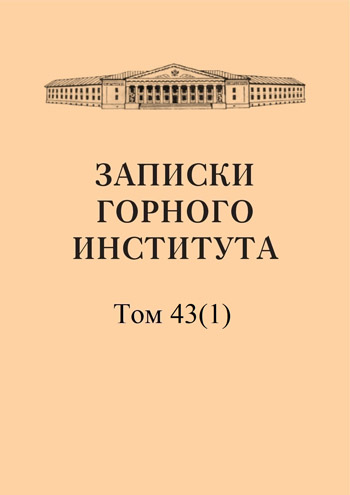Development of exploration in the light of B. I. Bokii's works
Abstract
Historical reviews of the development of exploration in Russia and the USSR always mention the name of B. I. Bokii. It is usually noted that in his famous course “Fundamentals of Mining Engineering” a special chapter is devoted to exploration, where a number of geological exploration operations (drilling, sinking of mine workings) are considered and the question of some exploration systems depending on the thickness of sediments, the depth of the weathering zone, and the elements of mineral and host rock occurrence is solved. There is no doubt that this chapter is a generalization of the practice of exploration, mainly of coal deposits, in pre-revolutionary Russia. It laid the foundation for the development of exploration systems depending on the geological features of the deposit and the economic factor. In fact, the development of such systems is one of the main tasks of further development of exploration. In this case, B. I. Bokii solves one of the systems for the case of monoclinal occurrence of a suite of formation bodies, determining for different angles of inclination of rocks, sediment thickness and depth of the weathering zone the most favorable types of excavations (trenches, pits, pits with coverslags and boreholes), their depths and location (distance) in the exploration lines from each other. This decision, especially with regard to the rational distance between excavations, remains unchanged until now in many training manuals in terms of prospecting and exploration of reservoir mineral deposits.
